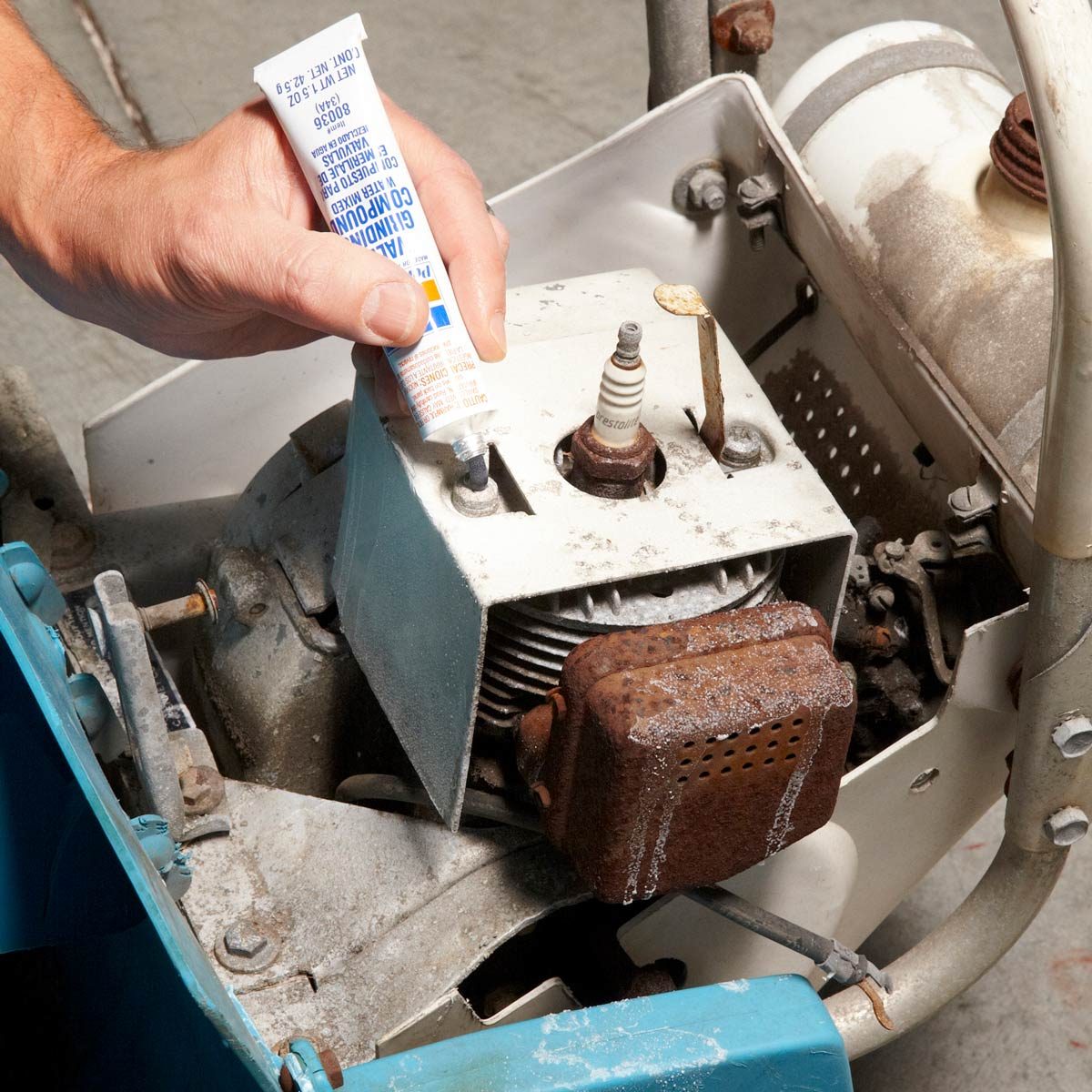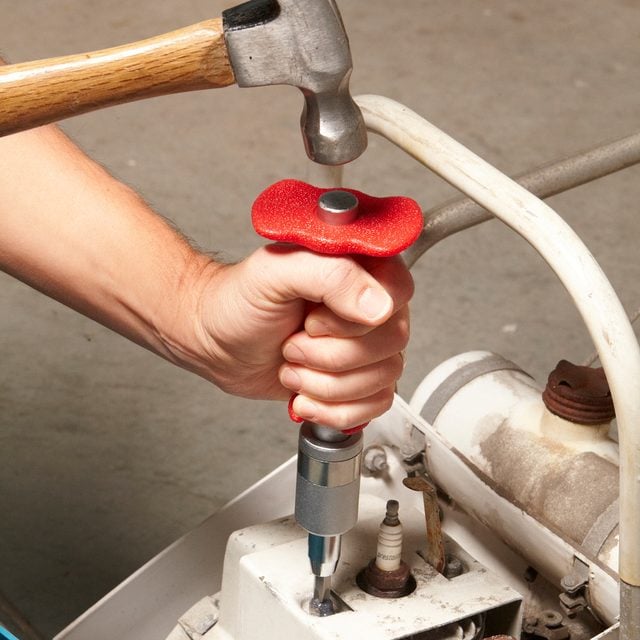How to loosen tight bolts on a cars engine
When working on your car’s engine, you may encounter situations where bolts are seized or rusted in place, making it difficult to loosen them. This can be a frustrating and time-consuming task, but with the right tools and techniques, you can successfully loosen tight bolts. Here’s a comprehensive guide to help you through the process:
- Safety Precautions
- Tools and Materials
- Step-by-Step Guide
- Troubleshooting Tips
- Conclusion
Safety Precautions
Before attempting to loosen tight bolts on your car’s engine, it’s crucial to take the following safety precautions:
– Wear appropriate personal protective equipment (PPE), including gloves, safety glasses, and a face shield.
– Park the car on a level surface and engage the parking brake.
– Disconnect the battery to prevent electrical shorts.
– Allow the engine to cool down completely before working on it.
– Use the correct tools for the job, such as a torque wrench and hex keys.
Tools and Materials
To loosen tight bolts, you will need the following tools and materials:
– Penetrating oil
– Impact wrench or socket wrench
– Hex keys
– Torque wrench
– Heat gun or blowtorch
– Copper or aluminum shim
– Hammer
– Anti-seize compound
Step-by-Step Guide
1. **Apply Penetrating Oil:** Begin by applying a generous amount of penetrating oil to the seized bolt. Allow it to soak in for several minutes, which will help lubricate the threads and loosen the corrosion.
2. **Use an Impact Wrench:** If possible, use an impact wrench to loosen the bolt. Impact wrenches deliver a high-torque force that can break the bolt loose quickly. If you don’t have an impact wrench, you can use a socket wrench with a cheater bar for added leverage.
3. **Use Hex Keys:** For bolts that are not accessible with a socket wrench, use a hex key (Allen wrench). Turn the hex key slowly and gently to avoid stripping the bolt head.
4. **Increase Torque Gradually:** When using a torque wrench, gradually increase the torque until the bolt starts to turn. Avoid applying excessive force, as this can damage the bolt or the threads.
5. **Heat the Bolt:** If the bolt remains stuck, you can try applying heat using a heat gun or blowtorch. Heating the bolt will expand the metal and make it easier to loosen.
6. **Use a Copper or Aluminum Shim:** Another technique is to insert a thin copper or aluminum shim between the bolt head and the wrench. This will reduce friction and allow the bolt to turn more easily.
7. **Tap the Bolt:** If the other methods fail, you can try tapping the bolt with a hammer. Lightly tap the head of the bolt to break the corrosion loose.
8. **Apply Anti-Seize Compound:** Once the bolt is loose, clean the threads and apply a generous amount of anti-seize compound. This will prevent the bolt from seizing again in the future.
Troubleshooting Tips
– **Stripped Bolt Head:** If the bolt head is stripped, use a bolt extractor. Insert the extractor into the bolt head and turn it counterclockwise to remove the bolt.
– **Broken Bolt:** If the bolt breaks while loosening, you will need to remove the broken piece. Use a drill and extractor to carefully remove the broken piece without damaging the engine.
– **Seized Bolt:** If the bolt is severely seized, you may need to drill it out and replace it with a new one. Consult a professional mechanic if you encounter this situation.
Conclusion
Loosening tight bolts on a car’s engine can be challenging, but by following these steps and using the appropriate tools and techniques, you can successfully complete the task. Always prioritize safety and remember to gently increase the torque to avoid damaging the bolt or the engine components. If you encounter any difficulties or persistent issues, it’s advisable to seek professional assistance from a qualified mechanic.
How to Remove a Stuck Screw

Family Handyman
Updated on May 21, 2025
We show you some ways to remove a stuck Phillips head screw.
Introduction
Get that stuck screw out using one of these techniques for removing screws in metal. Begin with the easiest and move on the more complex if necessary.
Tools Required
- Hammer
- Impact driver
- Phillips-head screwdriver
- Rotary tool
Materials Required
- Valve grinding compound
Project step-by-step (3)
It’s infuriating when a 10-minute job turns into an hour-long ordeal because of a stuck screw. And unfortunately, that’s all too common when working on vehicles, especially engines, exhaust systems and suspension.
Common causes of a stuck screw include corrosion, over-tightening from a previous repair and thread damage. It can be exasperated if a steel screw was inserted into aluminum without using anti-seize compound, or if you live in a salty environment, such as near the ocean or where they salt the roads in winter.
“Be patient and use the appropriate tools, but realize there are situations when you should stop,” says master mechanic Alan Gelfand. “Many people transform simple $50 repairs into expensive $500 disasters through their persistent attempts before consulting professionals.”
Here are a range of techniques for getting out that stuck screw. Begin with the easiest and move on the more complex if necessary.
Removing stuck Phillips screws: The easiest techniques
Fill the screw head

Squirt a dollop of valve grinding compound into the head of the screw. Then jam in the screwdriver and turn. No matter how simple the repair, it seems like there’s always one stuck screw. You try to muscle your way out of the jam, but all that does is cam out the screw head slots. It doesn’t have to be that way. Here are a few tricks to coax out a stubborn Phillips screw.
At the first sign of trouble, spray the screw with rust penetrant (Liquid Wrench and PB Blaster are two really good brands). Let the penetrant work for at least 15 minutes. Then spray it again and tap the screw head dead-on several times with a hammer. Then try the screwdriver again.
Next, apply valve grinding compound (photo 1). The compound (about $4 at any auto parts store) contains a fine grit that helps the screwdriver bite into the head.
Still stuck? Try stronger techniques
Hammer the impact driver

Hold the body of the impact driver to prevent it from turning. Then hit the end with a serious blow. If the screw still won’t budge and the surrounding surfaces can tolerate some heat, aim a lighter flame directly onto the screw head. Then douse it with cold water before trying it again. Still stuck? Invest in an impact screwdriver (photo 2). Pick one up for about $20 at a home center or an auto parts store.
https://nodsauto.com/how-to-loosen-tight-bolts-on-a-cars-engine/
